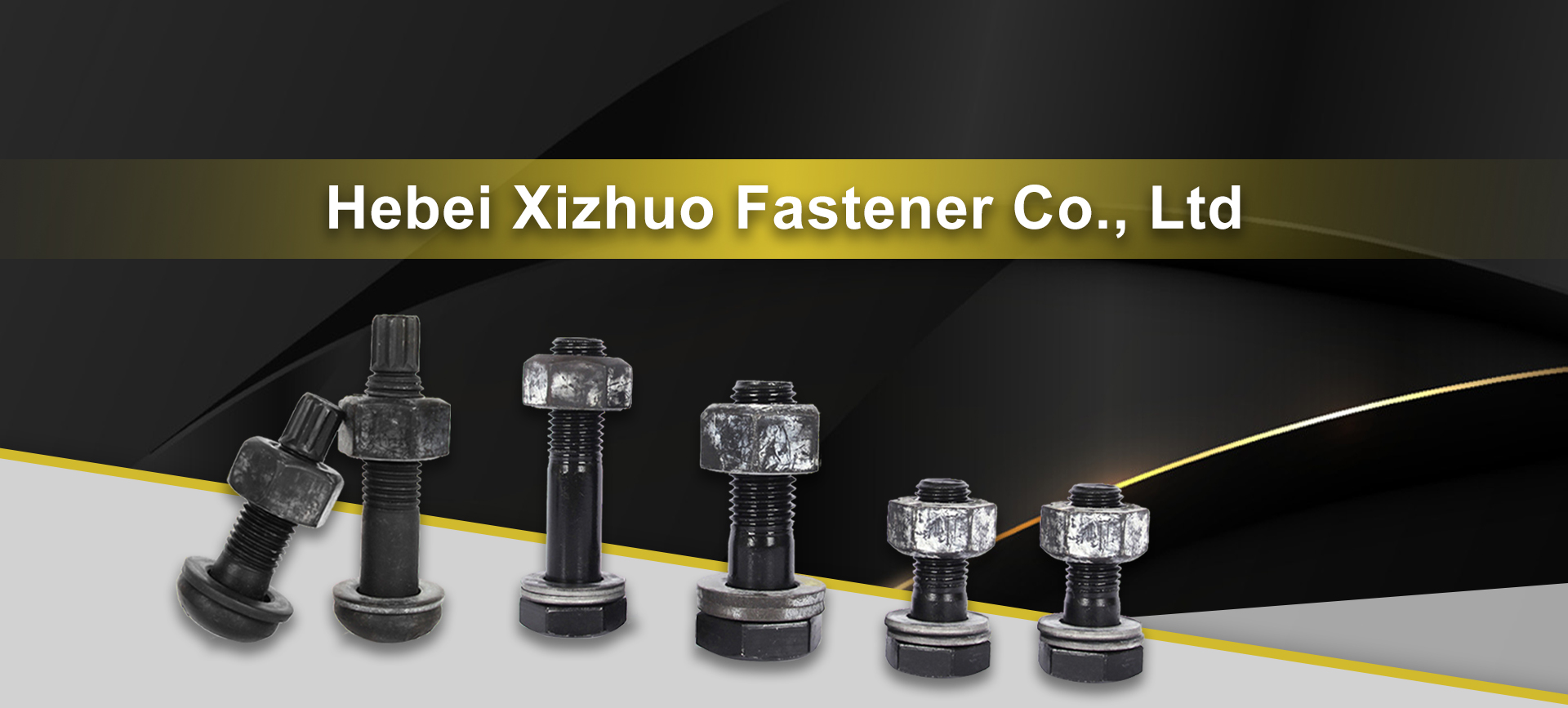Understanding the Mechanics of Double Ended Threads in Engineering Applications
Understanding Double-Ended Threads A Comprehensive Guide
In the realm of mechanical engineering and product design, threads play a crucial role in ensuring components fit together securely and function appropriately. Among the various types of threads, double-ended threads have gained traction due to their unique properties and applications. This article delves into the intricacies of double-ended threads, exploring their design, advantages, and common uses.
What is a Double-Ended Thread?
A double-ended thread is characterized by having threads on both ends of a single rod or shaft. This type of thread allows for the connection of two different components at either end, making it versatile in various applications. Double-ended threads can come in various forms, including bolts, studs, and rods, depending on the specific requirements of a project.
The threads on a double-ended rod can be left-handed, right-handed, or a combination of both, which adds to their adaptability. This feature can be beneficial in applications such as tensioning systems where opposite forces need to be applied to maintain a balance.
Advantages of Double-Ended Threads
1. Versatility One of the primary advantages of double-ended threads is their versatility. They can be used in a variety of applications, from automotive parts to construction tools, making them a staple in many industries.
2. Enhanced Stability Double-ended threads provide increased stability in assembled components. Since they can connect two parts from both ends, they distribute loads evenly, minimizing the risk of bending or warping under stress.
3. Ease of Assembly Installing components with double-ended threads can often be simpler and quicker than traditional threading methods. Since both ends are accessible, it simplifies the process of securing components, reducing labor time and costs.
double ended thread

4. Increased Strength The design of double-ended threads can contribute to greater tensile strength. When both ends are twisted, they can create a stronger bond, which is particularly useful in high-stress environments.
Common Applications
Double-ended threads can be found in a myriad of applications across different sectors
1. Automotive Industry In the automotive sector, double-ended studs and bolts are frequently employed to secure engine components, chassis parts, and other critical systems that require a strong and stable connection.
2. Construction In construction, double-ended threads are used in tie rods and tension systems. They can help stabilize structures by providing essential tension across various elements, ensuring they remain intact under load.
3. Manufacturing They are also prevalent in manufacturing, especially in machinery where components must be efficiently linked. Double-ended threads facilitate the rapid assembly of parts, streamlining the production process.
4. Furniture Design In furniture, double-ended screws and bolts are often used to create stable joints between different sections, providing a reliable connection while maintaining the aesthetic of the design.
Conclusion
Double-ended threads are an essential aspect of modern engineering and design, offering a multitude of benefits including versatility, stability, and ease of assembly. Their unique properties allow for increased strength in various applications, making them a preferred choice in numerous industries. As technology continues to evolve, the demand for innovative threading solutions like double-ended threads is likely to grow, paving the way for even more efficient and effective designs in the future. Understanding the nuances of double-ended threads is crucial for engineers, designers, and manufacturers who aim to optimize their products and meet the demands of an ever-changing market.
-
Weatherproof Plastic Expansion Anchors for OutdoorחֲדָשׁוֹתJun.06,2025
-
Sustainability in the Supply Chain: Eco-Friendly TEK Screws ProductionחֲדָשׁוֹתJun.06,2025
-
Load-Bearing Capacity of External Insulation FixingsחֲדָשׁוֹתJun.06,2025
-
Double Head Bolts: Enhancing Efficiency in Industrial MachineryחֲדָשׁוֹתJun.06,2025
-
Corrosion Resistance in Chipboard Screws: Coatings for Wholesale DurabilityחֲדָשׁוֹתJun.06,2025
-
Butterfly Toggle Bolts : Enhancing Structural ResilienceחֲדָשׁוֹתJun.06,2025
